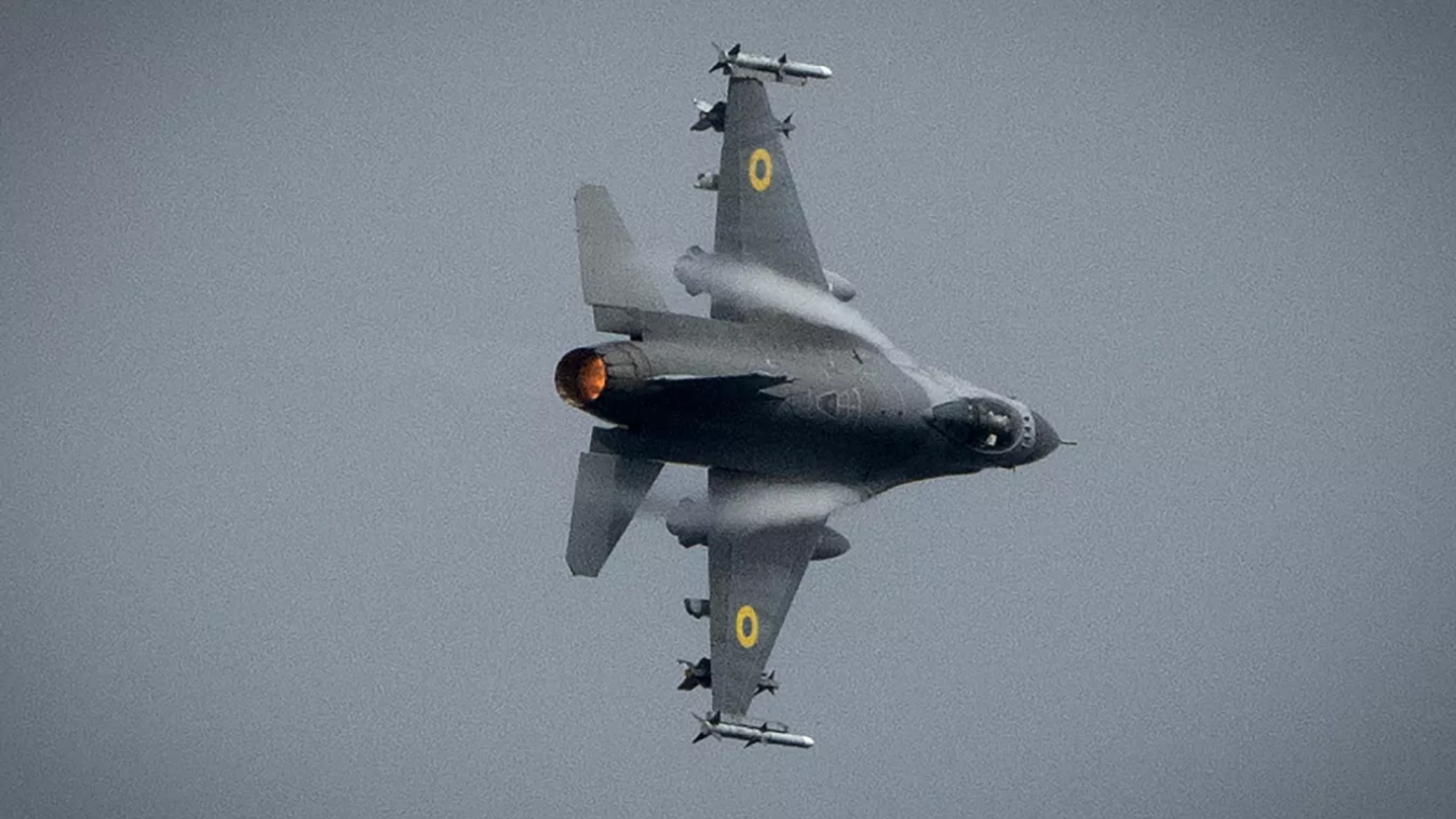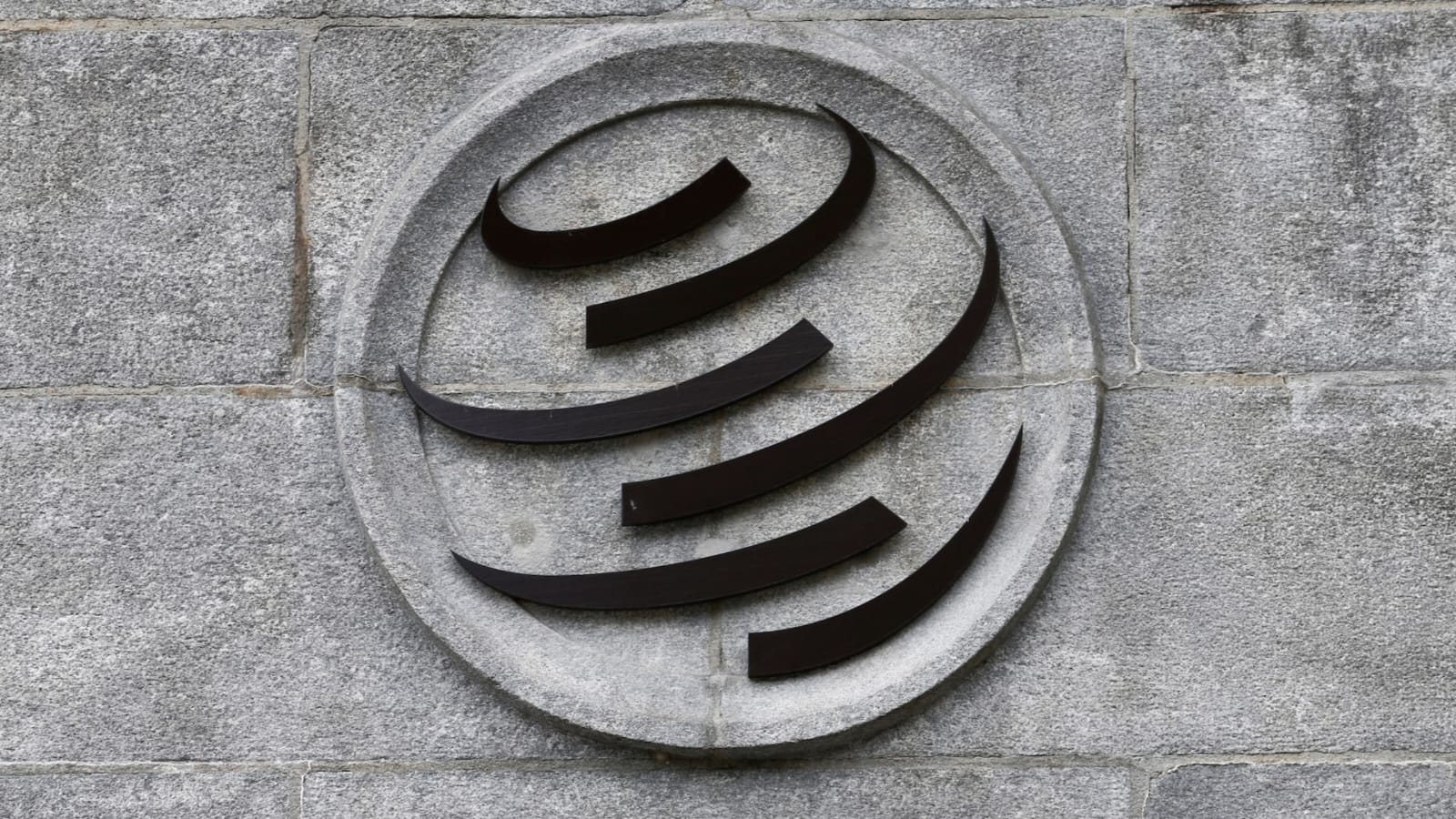Russia’s Largest Airstrike Hits Ukraine With 537 Aerial Weapons

In the early hours of June 28, 2025, Russia executed its largest aerial attack against Ukraine since the beginning of the war. The strike involved 537 aerial weapons, including 477 drones and decoys, along with 60 missiles of various types, according to the Ukrainian Air Force. This large-scale assault is the most substantial airstrike Ukraine has faced, impacting not only military targets but also regions far from the active frontline.
Scale and Scope of the Attack: 537 Weapons in One Night
The unprecedented strike targeted multiple regions across Ukraine, including some in the west, far from the frontlines. Ukraine’s air force reported shooting down 249 of the incoming aerial weapons. Additionally, 226 others were likely lost due to electronic jamming, further highlighting the increasingly important role of electronic warfare in modern combat.
Among the missiles launched in the attack were highly advanced Russian weapons, including four Kh-47M2 Kinzhal hypersonic missiles, seven Iskander-M/KN-23 ballistic missiles, and 41 Kh-101/Iskander-K cruise missiles. Ukrainian forces successfully intercepted 33 of the cruise missiles. In total, four Kalibr cruise missiles were shot down, and three S-300 anti-aircraft missiles were also part of the strike.
The attack’s complexity is underscored by the mix of drones, decoys, and advanced missile systems, posing significant challenges for Ukrainian air defense systems, which despite their success, were stretched thin by the scale of the assault.
Loss of an F-16 Fighter Pilot Amid the Aerial Onslaught
As if the scale of the attack wasn’t enough, Ukraine’s Air Force also reported the tragic loss of an F-16 fighter jet during the operation. Lieutenant Colonel Maksym Ustymenko, 32, a seasoned pilot, was killed while defending Ukraine’s airspace. Ustymenko had already downed seven aerial targets during the mission before his aircraft was struck.
His plane sustained severe damage during the interception of the final target. Despite Ustymenko’s efforts to steer the aircraft away from civilian areas, he was unable to eject in time. His sacrifice has been mourned by his comrades and the broader Ukrainian military, as he became the third F-16 pilot lost since the war began.
Civilian Casualties and Damage Across Ukraine
As a result of the airstrike, Ukrainian civilian areas suffered casualties and extensive damage. In the Kherson region, Governor Oleksandr Prokudin confirmed the death of one civilian due to a drone strike. Meanwhile, six people, including a child, were injured in Cherkasy, where the region’s governor, Ihor Taburets, provided details about the incident.
These casualties are part of the broader humanitarian impact of the war. Civilians living in both contested areas and regions far from the frontlines continue to bear the brunt of aerial bombardments. Emergency services have been working tirelessly to assist the injured and assess damage in the wake of these devastating attacks.
Poland and NATO Allies Respond to Heightened Airspace Threat
In response to the growing threat of aerial attacks, Poland and allied countries took immediate action. The Polish Air Force scrambled aircraft to secure Polish airspace, anticipating any potential spillover from the attack. While the missiles did not directly target Poland, the proximity of the assault underscores the broader security concerns for neighboring nations.
This quick mobilization by Poland and NATO allies highlights the importance of regional cooperation in times of escalating conflict, as airspace security becomes a shared concern, particularly for countries in close proximity to the warzone.
Diplomatic Developments: Putin’s Proposal for Peace Talks
The timing of this large-scale attack is particularly notable given Russian President Vladimir Putin’s recent statement on the prospect of peace talks. On Friday, June 27, Putin declared Russia’s readiness to engage in direct peace negotiations with Ukraine, with the potential for talks to take place in Istanbul, Turkey.
However, despite this gesture, previous rounds of negotiations in Istanbul have failed to yield tangible results, with the most recent discussions only leading to prisoner-of-war exchanges. The lack of meaningful progress and the continued military escalation raise questions about the sincerity of Russia’s diplomatic overtures.
The Role of Technology in Modern Warfare: Drones, Jamming, and Hypersonic Missiles
The nature of warfare continues to evolve, with technology playing an increasingly critical role in shaping the conflict. In this latest strike, the mix of drones, decoys, and advanced missiles underscores how technological sophistication is transforming military tactics. Electronic warfare, too, is becoming central, as seen with the interception of 226 aerial threats via jamming.
The Russian use of hypersonic missiles like the Kinzhal adds another dimension to the conflict, testing the limits of Ukraine’s air defense systems. While Ukraine successfully shot down many of the incoming threats, the scale and complexity of the attack reveal the challenges faced by even the most advanced air defense systems.
Ongoing Challenges for Ukraine’s Defense Systems
Ukraine’s ability to shoot down nearly half of the aerial threats demonstrates the effectiveness of its air defense capabilities, including systems from both domestic and Western allies. However, these systems continue to face limitations against the sheer scale of the Russian onslaught. As the war evolves, Ukraine’s reliance on advanced technology and electronic warfare will continue to grow, requiring continued support from international partners.
The situation emphasizes the increasing importance of cybersecurity and electronic warfare in modern military conflicts. As Russia and Ukraine both refine their technological approaches to combat, the global balance of military power may shift in new directions, with information warfare and cyber capabilities becoming just as vital as traditional weaponry.
The Human Cost: Sacrifices and Resilience
While the technological aspects of the war are evident, the human cost remains undeniable. The death of Lieutenant Colonel Ustymenko serves as a stark reminder of the dangers faced by those in uniform. His dedication to the mission, his commitment to his country, and his ultimate sacrifice in the defense of Ukraine’s airspace underscore the resilience and bravery of Ukraine’s military.
Likewise, the civilian casualties and injuries sustained during the attack remind the world of the ongoing human toll of this conflict. As cities are struck and families are displaced, the war continues to devastate lives across Ukraine, underscoring the urgent need for a lasting and peaceful resolution.
A Fragile Path to Peace Amid Escalation
Despite President Putin’s call for peace talks, the road to resolution remains fraught with challenges. While diplomatic efforts continue, the ongoing escalation of military strikes, including the largest air assault to date, casts doubt on the prospects of meaningful peace negotiations. The international community, including the United Nations and the European Union, continues to push for ceasefire agreements and humanitarian aid, but the prospects for a lasting peace remain uncertain.
A Pivotal Moment in the Conflict
This most recent airstrike represents a pivotal moment in the conflict between Russia and Ukraine, highlighting the increasing scale of military engagement and the evolving nature of warfare. The human cost, both in terms of lives lost and the physical and emotional toll on those affected, remains at the forefront of global discussions.
As the world watches, the question remains: will diplomatic negotiations be able to overcome the ongoing military escalation, or will further violence fuel an even deeper divide between Russia and Ukraine? Only time will tell if peace can be achieved or if this conflict will continue to devastate the region for years to come.








2 Comments
[…] high-level meeting between Prime Minister Narendra Modi and Chinese President Xi Jinping in Kazan, Russia, in October 2024. That conversation opened a new chapter of dialogue, and Jaishankar reinforced […]
[…] of frontline combat this year, Ukrainian Armed Forces reported 148 separate clashes with invading Russian troops across various regions on July 15, 2025. The fiercest concentration of fighting was recorded […]
Comments are closed.